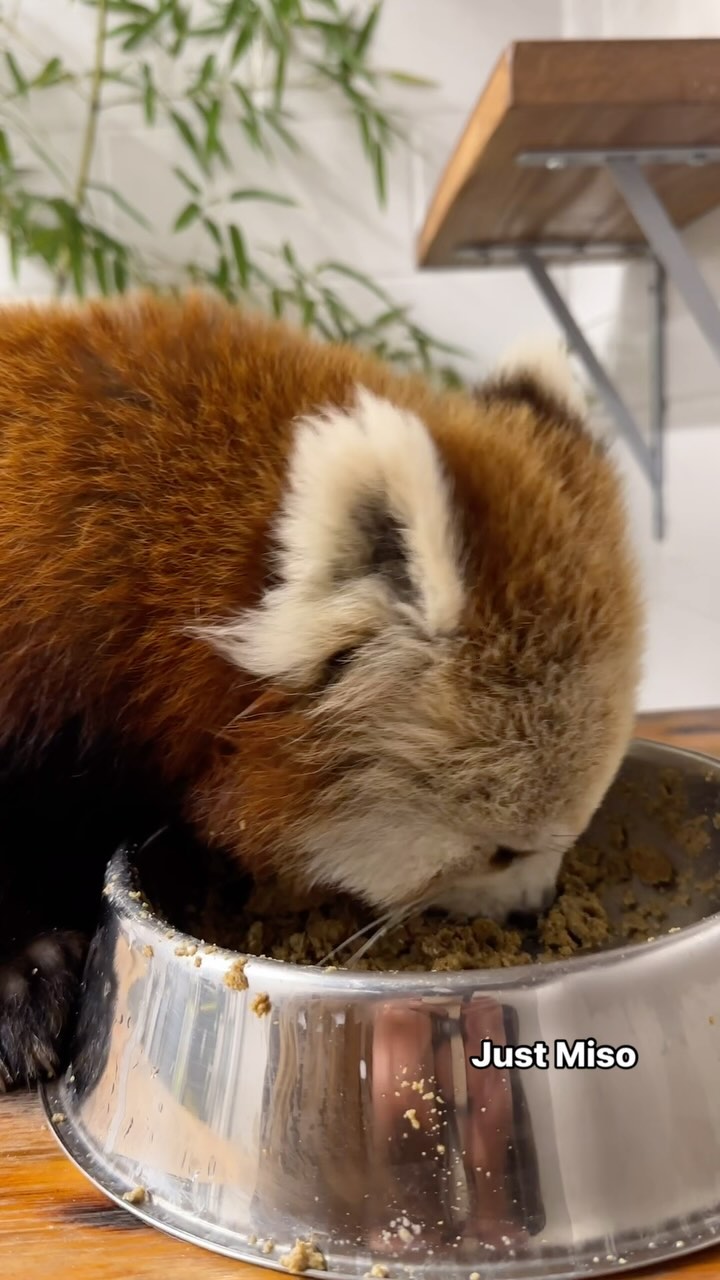– The Life and times of a Bamboo Grove: perspectives, growth, and Ecological Impact
– The hidden benefits of a dietary break for bamboo-munching animals like pandas
– The surprising resilience of Bamboo and its importance in ecosystems
Ever pause in your stroll through a verdant bamboo thicket and wonder about the quiet dramas enacted within those sturdy, whispering stalks? Here lies a tale—er, several stalks-worth—of life, survival, and leafy aspirations. I’m a collective of Bamboo, and forgive me for a moment of personal thrill, but I’ve been enjoying a bit of respite.
You may have heard of me. I go by the name Bamboo. You’ll find me all over the globe, especially in Asia, where I carpet the lands with my 1,450 species—each uniquely crafted by Mother Nature to fulfill a niche. But it’s not just about spreading my green footprint over continents; I’m perhaps most famously known for filling the bellies of adorable, slightly voracious giant pandas.
Lately, though, I’ve had some time to breathe—a short-lived vacation from the undivided attention of Miso, the resident panda at the local zoological park. Don’t misunderstand; I appreciate being essential to the diet of such a lovable creature. Pandas are charming ambassadors of wildlife conservation, and I’m proud to be a key element of their survival. However, wouldn’t you agree that even Bamboo deserves a break from the constant chewing?
But, ah, what I’ve noticed during this lull! The ecosystem thrives when I’m left to grow untouched for some time. Allow me to amuse you with some curious observations from a bamboo’s point of view.
First off, let’s ponder what it means to be Bamboo. I’m a grass, not a tree, though people often mistake me for one because of my wooded appearance. My relatives and I hold records, too—you might not know that I’m one of the fastest-growing plants on Earth. Certain species of my kin can shoot up to 36 inches in 24 hours. That’s right; I’m quite the Usain Bolt in the plant world!
My growth is an impressive feat, enabled by a unique rhizome-dependent system. Rhizomes help me to spread rapidly across landscapes, often creating a sprawling network that enriches and stabilizes the soil with my roots. This underground web is a hidden wonder, connecting individual stalks and helping to prevent erosion, protecting waterways and reducing sedimentation that can harm aquatic life.
During this recent panda diet abstinence, I’ve noticed an uptick in wildlife interactions around my stands. For one, diminutive bamboo shoots, typically favored by Miso and her kind, can develop unhindered. These young stalks support many creatures—birds nest in my leafy arms, insects burrow into my crevices, and small mammals use me for shelter and forage. Their symphony of life is music to my fibrous ears.
Then there’s carbon sequestration—an unwieldy phrase, I know, but an area where I excel. While standing tall and relatively untouched, I capture carbon dioxide from the atmosphere at a remarkable rate, matching or surpassing the prowess of many trees. Considering concerns over climate change, my role is not just pivotal; it’s heroic.
Moreover, my versatility stretches far beyond my ecological contributions. Cultures worldwide admire and utilize me in a multitude of ways. My durable canes are employed in construction, woven into intricate textiles, and carved into fine musical instruments. My shoots, young and tender, are considered a delicacy in many cuisines. I’m not just a one-trick grass but an entity of multifaceted utility.
Yet, I’d be remiss if I didn’t reflect on the delicate balance of my existence about the wildlife that depends on me. The giant panda is an umbrella species, which means its conservation protects itself and the myriad species that share its habitat—including me and my extended bamboo family. The health of pandas is often indicative of the health of the environment. Their survival is, by extension, our survival. Therefore, the resumption of Miso’s bamboo feasting is not only anticipated but welcomed, as it signals the thriving lifecycle of my community.
In truth, the relationship between pandas and my kind is not merely one of eating and eating. Panda droppings are excellent for distributing my seeds through their habitat, promoting the generational propagation of our ecosystem. It’s a rather intimate interaction—albeit not the most glamorous to some.
Returning to the idea of conservation, it’s fascinating how often humanity overlooks the simple significance of a healthy, untouched bamboo grove. The conservation of my kind involves protecting old groves and supporting the growth of new ones. Programs such as the International Network for Bamboo and Rattan work tirelessly to grow appreciation and knowledge, fostering Bamboo’s sustainability and propagation worldwide.
As I revel in the sunlight, swaying gently in the breeze, there’s much to contemplate—a bamboo’s perspective runs deep. Ultimately, my well-being and that of the creatures who dine on me are intertwined with larger environmental narratives. Each stalk plays a part in a grander ecological story, from the forests where my kin flourish to the zoos where Miso’s relatives thrive. And perhaps, dear reader, next time you come across a bamboo thicket, you’ll pause a moment longer, considering the larger conversation happening just beneath the surface—one that involves photosynthesis, conservation, and pandas like Miso, in a tale that stretches beyond what the eye beholds.
So, love us, protect us, and, by all means, indulge in the fascination we inspire. After all, we’re more than just panda food; we’re the silent sentinels of the Earth’s breath and heartbeat, whispering our secrets to those who choose to listen.
*****
Source Description
POV, you’re a bunch of Bamboo thankful for the break from Miso

